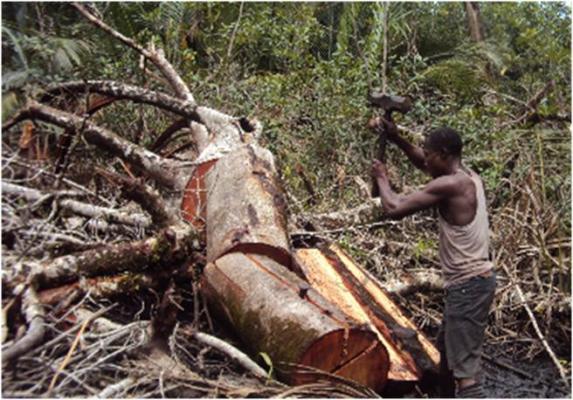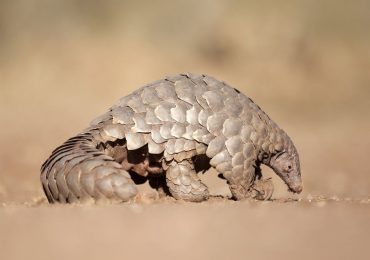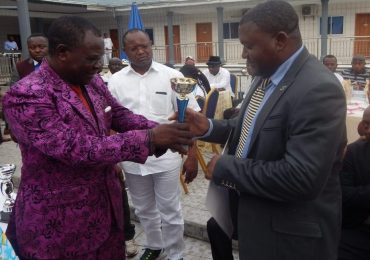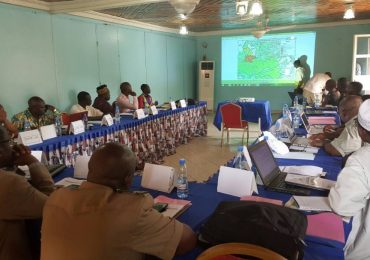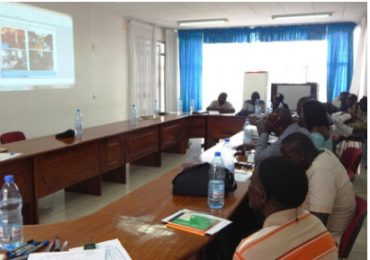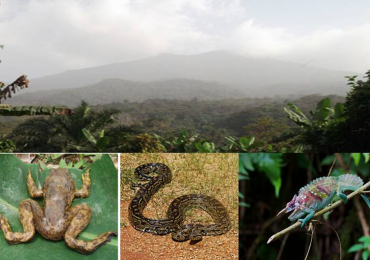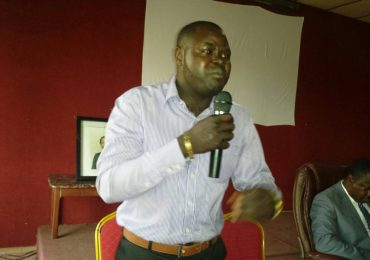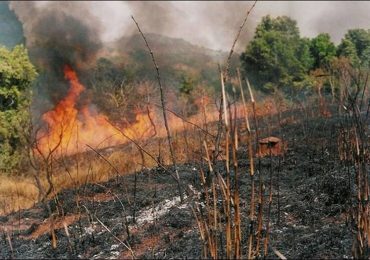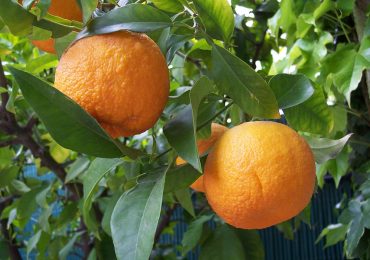A weak legal and institutional framework is fuelling the unsustainable reaping of Cameroon’s mangrove resources such as wood for energy, poles and thatch for construction, sand and fish, amongst others.
By Azore Opio

A research launched in 2013 and being carried out by Dr. Jean Hude Moudingo Ekindi indicates that Cameroon’s three mangrove blocks – Rio Del Rey (100,000 hectares) located in the north between Njangassa and the Nigerian border, the Cameroon estuary (88,000 hectares), which stretches from the Sanaga mouth to Cape Bimbia and along the Wouri, Sanaga, Dibamba rivers in the Centre; and the Ntem estuaries (2,000 hectares) found at the mouth of the Rivers Nyong, Lokoundjé and Ntem in the South – are under a lot of pressure from [uncontrolled] macroeconomic developments.
“Current natural resource harvesting and management practices [of mangrove] are unsustainable lowering the level of mangroves biodiversity conservation and encouraging unrestricted and unsustainable local harvesting of mangrove resources. All these put the mangrove eco-system, the local livelihoods and development at risk,” the researcher, Dr. Moudingo Ekindi, told The Green Vision.
There is more than just lack of law enforcement and institutional framework aggravating the high tide of mangrove trouble.
Dr. Moudingo’s research has found out that low integration of local communities living in mangrove areas in the local

development planning framework is another obstacle in protecting the mangrove forests. This already bad situation is worsened by lack of coherent integrated planning for economic development, sustainable use and conservation; lack of tangible information and dialogue amongst stakeholders; lack of capacity to scale-up community-based approaches to sustainable use and management and a deficient legal and policy reform system.
“There is currently no legal and policy framework to facilitate the management of the mangrove special ecosystem much less alternative economic development opportunities other than fisheries, fish smoking and harvesting of mangrove resources,” Dr. Moudingo said.
Why mangrove?

The answers to this question are as profound as they are far-reaching. On a quite superficial level, the mangrove is just another tree species that grows in salty water. Beyond this simplistic description, the mangrove supports a wealth of life – from fish to humans – it is a provider of inestimable ecosystem services, goods and products.
It is a source of subsistence and commercial fisheries, aquaculture, honey, timber for fuel wood (cooking, fish smoking, salt trade, charcoal, and thatch as building material), feed and fruits.
Mangrove is also a source of chemicals such as tannins, saponins, alkaloids and flavonoids. It also supplies traditional medicines and glues and raw material for crafts.
As a regulator of natural processes, mangrove protects coastlines from storm surges; waves, floods while reducing beach and soil erosion.
“A 200-metre band of mangrove trunk can absorb 75% of energy created by wind-generated waves. Mangrove forests also stabilize land by trapping sediments. Besides, it maintains the quality of water quality and human disease control,” said Dr. Moudingo.
Mangrove also regulates climate and global carbon cycle through fixing and storage of significant amounts of carbon.
There is more support that oozes out of the muscles of the mangrove which maintains other ecosystem services. Mangrove plays a vital role in nutrient cycling. Mangrove forest acts as nursery for habitats – fish spawn and hatch in the calm waters of mangrove forests.
Mangrove also absorbs toxins and facilitates pollination mechanisms.
Despite the contrasting pictures of “gift and casualty” that Dr. Moudingo’s research displays of mangrove’s fate in Cameroon, it equally offers hopes for these trees that live with their roots in brackish water and their leaves in the air.

“For close to 30 months of research, the budget holder and implementing partners (GEF/FAO, Ministry of Forestry and Wildlife, Ministry of Environmental and Protection of Nature, Cameroon Wildlife Conservation Society, Cam-Eco and OPED) to the project have engaged have recorded significant achievements geared to overcome the barriers to mangrove biodiversity conservation [in Cameroon],” Dr. Moudingo told The Green Vision.
He said the policy and institutional strengthening has been successful with the elaboration and validation of the strategy and action plan for mangrove management, the protocol for environmental and social impact assessment in mangroves and coastal ecosystems and the master research plan for mangrove management.
In addition, awareness raising campaigns are enhancing the engagement of communities in some processes such as the pilot mangrove community forests. A guide for site selection for mangrove regeneration has boosted support to communities for rehabilitation and management of mangrove woody species.
And finally, the Monitoring and Evaluation operation and implementation tool is being put to use in the entire mangrove forest block.


